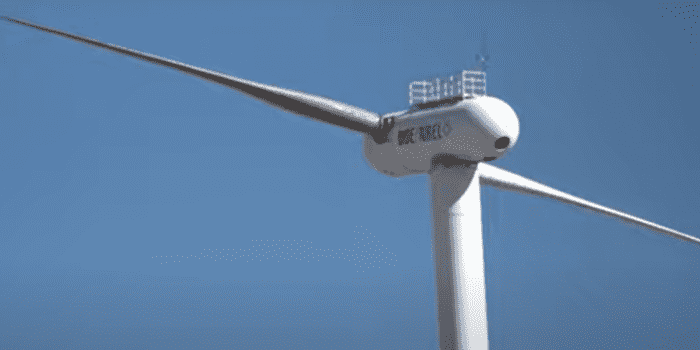Researchers at the University of Colorado (CU) Boulder have built wind turbines that can survive the strong winds of a hurricane, a university press release said.
Wind turbines work throughout the day and wind farms can be used to tide over concerns of real estate shortages in countries and tap into more power generation potential of faster winds that blow over the seas.
However, there are a few hiccups in the infrastructure as well. In the U.S., offshore platforms off the East Coast are at risk from increasingly powerful hurricanes in the Atlantic Ocean. As many as six hurricanes are predicted between June and November 2022 alone, with wind speeds of 111 mph (178 kph) or higher.
The energy generation infrastructure must be able to tolerate extreme winds. Lucy Pao and her research team at CU Boulder took inspiration from palm trees to learn how to survive these high-speed winds.
The researchers found that since downwind rotors – where the rotor surface is facing away from the wind, are lighter in weight and built with lesser material, they can also be flexible and can easily bend against strong winds, instead of breaking, just like palm trees.
In collaboration with the National Renewable Energy Laboratory (NREL) and other U.S. universities, the researchers made the (Segmented Ultralight Morphing Rotor (SUMR) rotor, a two-blade turbine to test their concept. They have collected the real-world data for this 53.38-kilowatt turbine and found that it performs consistently and efficiently, the press release said.
High speeds can overwhelm the turbine’s power generation capacity causing a system overload.
Wind turbines have software that tells the controller motors what to do to generate power with maximum efficiency. Through extensive experimental testing, the researchers found that the peak generator speeds were below the controller’s threshold to keep the turbine running. This would enhance power generation efficiencies in the future.
Even though SUMR-D has a two-bladed turbine design, the research findings can be applied to three-blade turbines as well, which are prevalent on the market today. The researchers have already begun modeling work for large-scale downwind turbines that could one day generate 25 MW and even 50 MW of power.
They will now conduct experimental testing and survive the hurricane.


